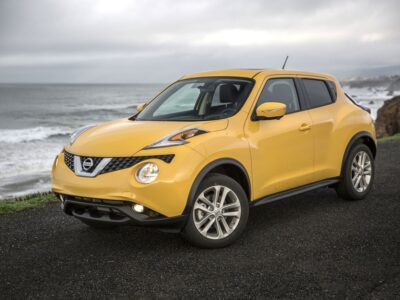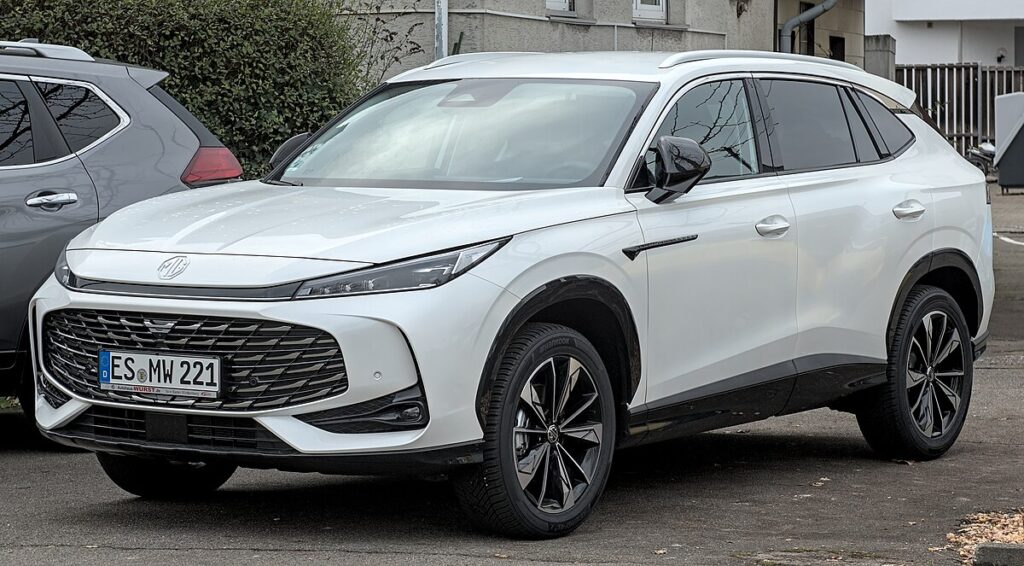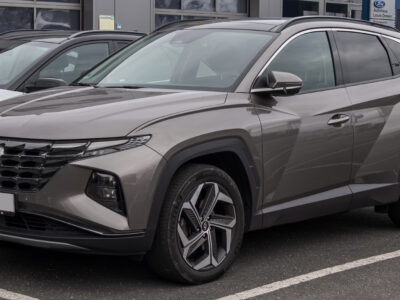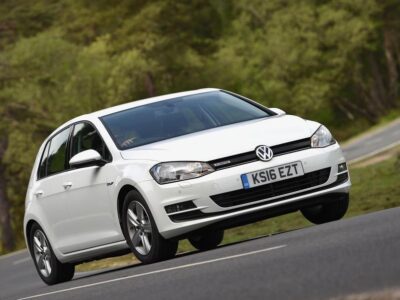
MG HS Fuel Consumption and Efficiency Guide

The MG HS is more than just an affordable SUV—it’s a balance between performance, comfort, and modern hybrid efficiency. Whether you’re considering the petrol-powered MG HS or the plug-in hybrid MG HS PHEV (EHS), understanding its fuel consumption, CO₂ emissions, and overall efficiency is key to making an informed decision. Let’s break down how each generation performs under real-world and WLTP testing conditions.
- MG HS Fuel Consumption Overview
- MG HS 2023–2024 (Plug-in Hybrid)
- MG HS 2020–2023 (Plug-in Hybrid)
- Understanding MG HS Engine Options
- MG HS CO₂ Emission Breakdown
- Efficiency by Driving Cycle
- Real-World Fuel Economy
- MG HS Fuel Tank and Range
- Charging the MG EHS Hybrid
- MG HS Efficiency Compared to Rivals
- How Driving Style Impacts Consumption
- Maintenance Factors Affecting Efficiency
- Environmental Benefits
- Final Thoughts
- Frequently Asked Questions (FAQs)
MG HS Fuel Consumption Overview
The MG HS lineup offers both traditional petrol engines and a plug-in hybrid powertrain, allowing buyers to choose between spirited driving and eco-friendly efficiency. Below we detail the official WLTP figures across model years.
MG HS 2026 (Petrol Models)
- Minimum WLTP Consumption: 7.4 L/100 km
- Maximum WLTP Consumption: 7.6 L/100 km
- Minimum CO₂ Emissions: 168 g/km
- Maximum CO₂ Emissions: 173 g/km
The 2026 petrol version maintains an efficient range for a mid-size SUV, thanks to refined turbocharging and improved engine calibration.
MG HS 2023–2024 (Plug-in Hybrid)
- Fuel Consumption (WLTP): 1.8 L/100 km
- CO₂ Emissions (WLTP): 43 g/km
- Powertrain: 1.5 T GDI + electric motor (258 PS combined output)
The plug-in hybrid variant—marketed as the MG EHS—delivers exceptional economy, particularly for urban commuting. Its hybrid setup allows short electric-only trips while retaining petrol performance for longer journeys.
MG HS 2020–2023 (Plug-in Hybrid)
- Fuel Consumption (WLTP): 1.8 L/100 km
- CO₂ Emissions (WLTP): 43 g/km
- Variants:
- EHS Comfort 258 PS
- EHS Luxury 258 PS
Both trims share identical efficiency ratings, differing mainly in interior and equipment upgrades rather than mechanical setup.
Understanding MG HS Engine Options
Petrol Engines
The 1.5-litre turbocharged petrol engine is a key player in MG’s lineup. Delivering around 169 PS, it balances performance and reasonable consumption. Paired with either a 6-speed manual or 7-speed DCT, it ensures smooth shifts and predictable driving behavior.
Plug-in Hybrid System
The EHS Plug-in Hybrid combines the same 1.5 T GDI engine with an electric motor and a 10.1 kWh lithium-ion battery.
- Electric-only range: approximately 32 miles (WLTP)
- Total system power: 258 PS
- Transmission: 10-speed automatic hybrid gearbox
This blend allows drivers to commute emissions-free for short distances while retaining robust long-haul capability.
You may be interested in reading What to Expect When Driving a Fiat 500: Owner's Perspective
What to Expect When Driving a Fiat 500: Owner's PerspectiveMG HS CO₂ Emission Breakdown
| Model | Type | CO₂ (WLTP) | Fuel Consumption (WLTP) |
|---|---|---|---|
| MG HS 2026 Petrol | Petrol | 168–173 g/km | 7.4–7.6 L/100 km |
| MG EHS 2023–2024 | Plug-in Hybrid | 43 g/km | 1.8 L/100 km |
| MG EHS 2020–2023 | Plug-in Hybrid | 43 g/km | 1.8 L/100 km |
The table highlights just how efficiently the plug-in hybrid performs—emitting roughly 75% less CO₂ than its petrol-only sibling.
Efficiency by Driving Cycle
Urban Driving
The hybrid model thrives in stop-and-go traffic, often running exclusively on electric power. Expect consumption well below 2 L/100 km in city conditions.
Highway Driving
Petrol models average around 7.5 L/100 km on motorways, while the hybrid transitions smoothly between electric and petrol modes to maintain efficiency.
Combined Cycle
Under WLTP combined testing:
- Petrol: 7.4 – 7.6 L/100 km
- Plug-in Hybrid: 1.8 L/100 km
Real-World Fuel Economy
While WLTP provides standardized data, real-world driving introduces variables such as load, terrain, and climate. On average:
- Petrol MG HS: 8.0 – 8.5 L/100 km (35 – 37 mpg UK)
- MG EHS PHEV: 3.5 – 4.5 L/100 km (62 – 80 mpg UK), depending on electric use.
MG HS Fuel Tank and Range
| Version | Fuel Tank Capacity | Approx. Range (WLTP) |
|---|---|---|
| MG HS Petrol | 55 L | ~740 km |
| MG EHS PHEV | 37 L | ~1,000 km combined (electric + petrol) |
The hybrid’s range benefits greatly from its electric contribution, making it ideal for drivers seeking long stretches between refueling.
Charging the MG EHS Hybrid
- Battery: 10.1 kWh lithium-ion
- Charging Time (7 kW wall box): ~3 hours
- Charging Time (standard plug): ~6 hours
When fully charged, the hybrid can cover short commutes purely on electricity—perfect for urban users aiming to reduce fuel costs.
MG HS Efficiency Compared to Rivals
| Model | Type | WLTP Consumption | CO₂ (g/km) |
|---|---|---|---|
| MG HS PHEV | Plug-in Hybrid | 1.8 L/100 km | 43 |
| Kia Sportage PHEV | Plug-in Hybrid | 1.6 L/100 km | 36 |
| Hyundai Tucson PHEV | Plug-in Hybrid | 1.4 L/100 km | 31 |
| VW Tiguan eHybrid | Plug-in Hybrid | 1.6 L/100 km | 38 |
While slightly less frugal than some competitors, the MG HS PHEV’s lower purchase price makes it an excellent value-to-efficiency ratio.
You may be interested in reading What to Expect When Driving a Fiat 500: Owner's Perspective
What to Expect When Driving a Fiat 500: Owner's Perspective Comparing the Fiat 500e to the Traditional Fiat 500: Pros and Cons
Comparing the Fiat 500e to the Traditional Fiat 500: Pros and ConsHow Driving Style Impacts Consumption
- Gentle acceleration maximizes electric range.
- High speeds increase petrol reliance.
- Use of EV mode in traffic reduces CO₂ output dramatically.
- Frequent charging keeps hybrid consumption near WLTP values.
Maintenance Factors Affecting Efficiency
Regular maintenance ensures consistent consumption figures:
- Keep tyres at optimal pressure (36 psi front / 33 psi rear).
- Replace engine oil and filters on schedule.
- Maintain battery cooling system efficiency in hybrid models.
Environmental Benefits
Choosing the MG EHS Plug-in Hybrid means:
- Up to 70% less fuel in city driving.
- Access to low-emission zones.
- Lower annual vehicle tax in most markets.
Final Thoughts
The MG HS continues to evolve as a practical, stylish, and efficient SUV.
- The 2026 petrol variant delivers stable fuel economy for traditional drivers.
- The EHS plug-in hybrid redefines efficiency with near-silent EV operation and minimal emissions.
Both models deliver robust value for money, and with MG’s expanding technology suite, future versions are poised to become even cleaner and more refined.
Frequently Asked Questions (FAQs)
1. What is the average fuel consumption of the MG HS petrol version?
Around 7.5 L/100 km, depending on driving conditions and gearbox type.
2. How far can the MG EHS run on electricity alone?
Up to 32 miles (WLTP) using its 10.1 kWh battery.
3. What are the CO₂ emissions of the MG EHS plug-in hybrid?
Approximately 43 g/km, making it one of the cleanest SUVs in its class.
4. How long does it take to recharge the MG EHS battery?
Roughly 3 hours with a 7 kW wall-box or 6 hours with a household socket.
 What to Expect When Driving a Fiat 500: Owner's Perspective
What to Expect When Driving a Fiat 500: Owner's Perspective Comparing the Fiat 500e to the Traditional Fiat 500: Pros and Cons
Comparing the Fiat 500e to the Traditional Fiat 500: Pros and Cons Understanding the Fiat 500's Infotainment System and Common Issues
Understanding the Fiat 500's Infotainment System and Common Issues5. Which MG HS version is more economical overall?
The MG EHS Plug-in Hybrid, thanks to its ability to drive on electric power for daily commutes while keeping fuel use extremely low.
If you want to know other articles similar to MG HS Fuel Consumption and Efficiency Guide you can visit the category Driving.
Deja una respuesta






More content of your interest